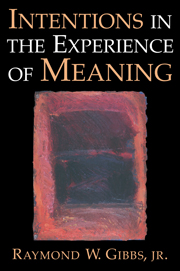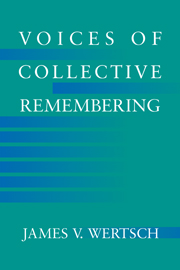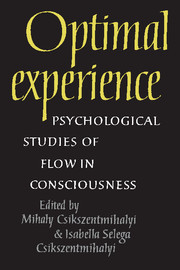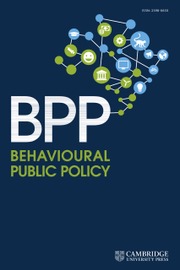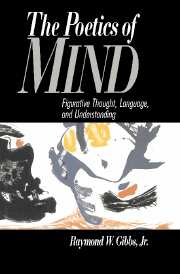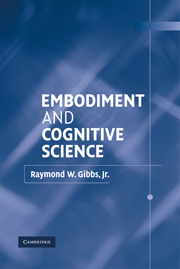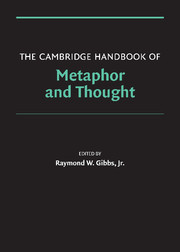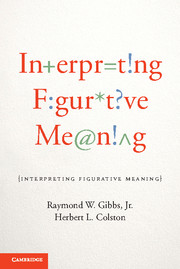Intentions in the Experience of Meaning
Does our understanding and appreciation of Shakespeare's plays demand that we know exactly who Shakespeare really was and what he intended to communicate in his work? This volume examines the role that authorship plays in people's experience of language and art as meaningful human artifacts, as well as reviewing the fierce debates over these issues both within academia and popular culture. It is argued that many aspects of our understanding of language (both oral and written) and artworks (paintings, music, theater, etc.) rests on people's fundamental, often unconscious, bias to seek who created something and for what communicative purpose.
- Relates academic disputes about how language and art are understood in popular culture about the meaning in what people say, write and create
- Fascinating examples from oral speeches, literary and scientific texts, legal discourse, painting, music, plays and non-verbal action are described
- A framework is presented for resolving some disputes about intentions in meaning that continue to rage on in academia and popular culture
Product details
September 1999Paperback
9780521576307
424 pages
229 × 152 × 24 mm
0.62kg
Available
Table of Contents
- Part I. Introduction:
- 1. The controversy over intentions
- Part II. Searching For Intentions:
- 2. Intentions and intentional action
- 3. Meaning and communication
- 4. Inferring intentionality in experience
- Part III. Intentions in Discourse:
- 5. Spoken language
- 6. Saying what we don't mean
- 7. Writing and reading
- Part IV. Intentions in Criticism
- 8. Questions of authorship
- 9. Literary interpretation and criticism
- 10. Interpreting the law
- 11. Understanding art
- Part V. Conclusion:
- 12. The intentional mind.

